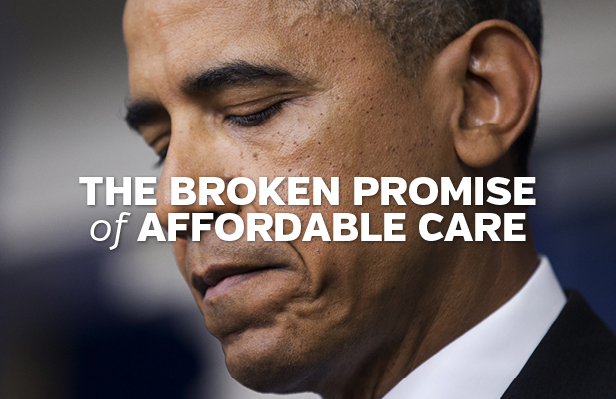Media

ACA Delivers Low-Quality, High Cost Care
The federal government’s health care overhaul is quickly becoming “Medicaid for all.” The more we learn about the Affordable Care Act’s (ACA) newly insured population, the clearer it becomes that most people gained low-quality health insurance.
For starters, the vast majority of individuals who gained coverage did not find policies on the exchange, but rather enrolled in Medicaid.
The Heritage Foundation found that Medicaid is responsible for 71 percent of the net growth in insurance coverage during the first half of 2014. Medicaid is taxpayer-funded insurance notorious for poor access and below average health care outcomes. In Pennsylvania, one in three doctors will not accept Medicaid patients.
But exchange patients are dealing with shortcomings too, from high out of pocket costs to limited access to primary care doctors. Both the New York Times and USA Today have documented serious affordability and access issues with exchange plans. In Indiana, one woman spent almost half a year trying to find a doctor that would accept her exchange plan:
“I definitely feel like a bad person who is leeching off the system when I call the doctors’ offices,” she says. Shawn Smith of Seymour, Ind., spent about five months trying to find a primary care doctor on the network who would take her with a new, subsidized silver-level ACA insurance plan.
A survey by the Medical Group Management Association found over 200,000 doctors will not participate in 2015 exchange plans.
What happens when millions of Americans obtain insurance that many doctors won’t accept? They end up in the emergency room.
Carolyn Oatman, a new Medicaid patient in Reno, notes that because it can take two months to get a doctor’s appointment, she opts for the emergency room. “I love it on Medicaid because now I can go the emergency room when I need to and don’t have to worry about the bill.”
No wonder Emergency Department visits in expansion states increased 5.6 percent from second-quarter 2013 to second-quarter 2014. In comparison, hospitals in non-expansion states reported a 1.8 percent increase in Emergency Department (ED) visits over the same time period.
ED visits are among the most expensive forms of health care and are often money makers for hospitals. In sum, Medicaid and exchange patients are seeking out the most-expensive yet least efficient form of care.
As Healthy PA rolls out, we should expect the same story to unfold. A spike in costly ED visits, as well as Medicaid and exchange patients struggling to find a doctor.
Limiting insurance options through countless regulations isn’t working. Patients are smart enough to figure out what they do and do not want their insurance to cover. It’s time to put them in control. Only choice and competition will make health care accessible and affordable for all consumers.